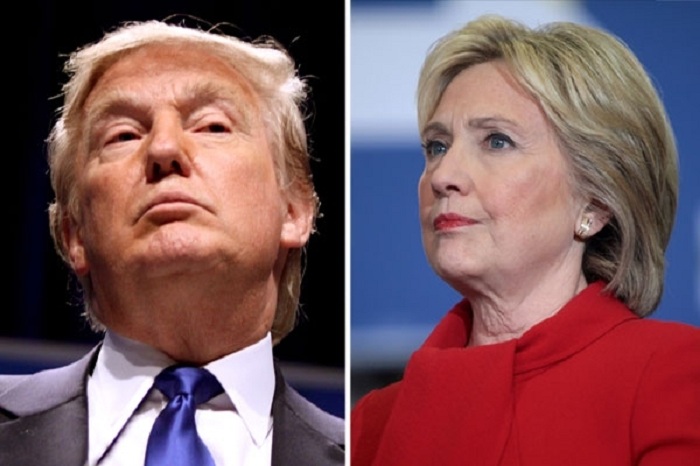In a four-way race that also includes Libertarian Gary Johnson and the Green Party’s Jill Stein, Clinton leads Trump by 6 points, 45 percent to 39 percent. Johnson, a former governor of New Mexico, polled at 10 percent and Stein polled at 4 percent.
Respondents preferred Clinton on the issue of immigration by a 51-41 margin and on trade by a 52-42 spread. Asked which candidate would better address the issue of terrorism, respondents favored Clinton, 52 percent to 41 percent.
Fifty-seven percent of those reached said Clinton has the experience to serve in the White House, compared to just 30 percent who said the same of Trump. Likely voters reached by the poll also gave her the edge on the question of temperament, preferring her by a 50-38 margin.
While recent nationwide polls have favored Clinton of late, it is Trump who has received mostly good news in swing state polling. Surveys released in recent days have shown him ahead in North Carolina, Iowa, Nevada and Ohio, while another put him and Clinton in a statistical tie in Florida. Winning in battleground states like those are crucial for Trump, who faces a relatively narrow electoral path to the White House relative to Clinton.
The McClatchy-Marist poll was conducted from Sept. 15-20, reaching 1,298 adults via landlines and cell phones. Of those 1,298 respondents, 758 were considered likely voters based on a probability turnout model. The margin of error for all respondents was plus-or-minus 2.7 percentage points and the margin of error for likely voters was plus-or-minus 3.6 points.
More about:
















































